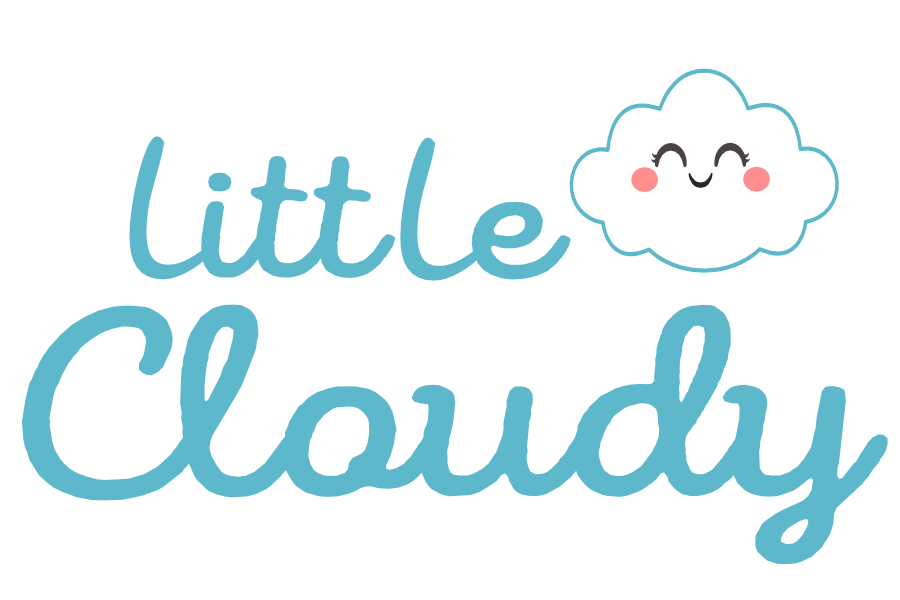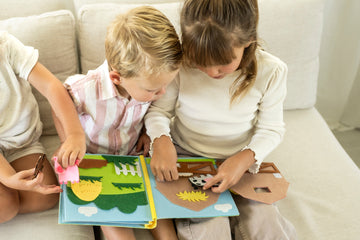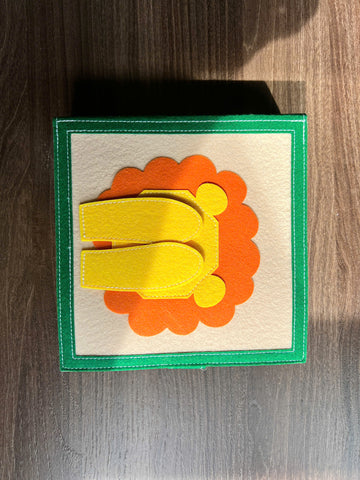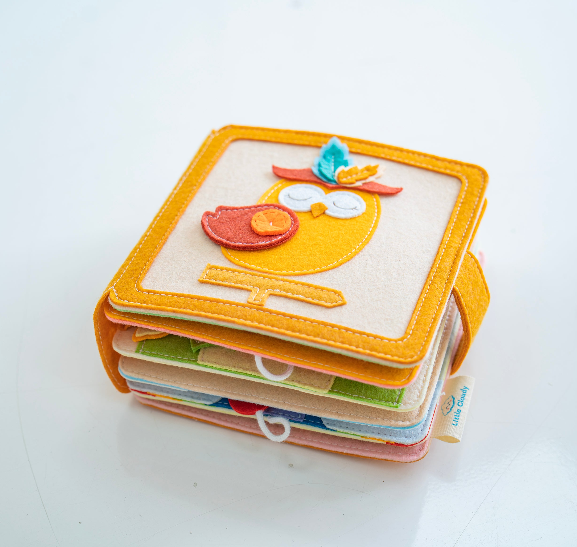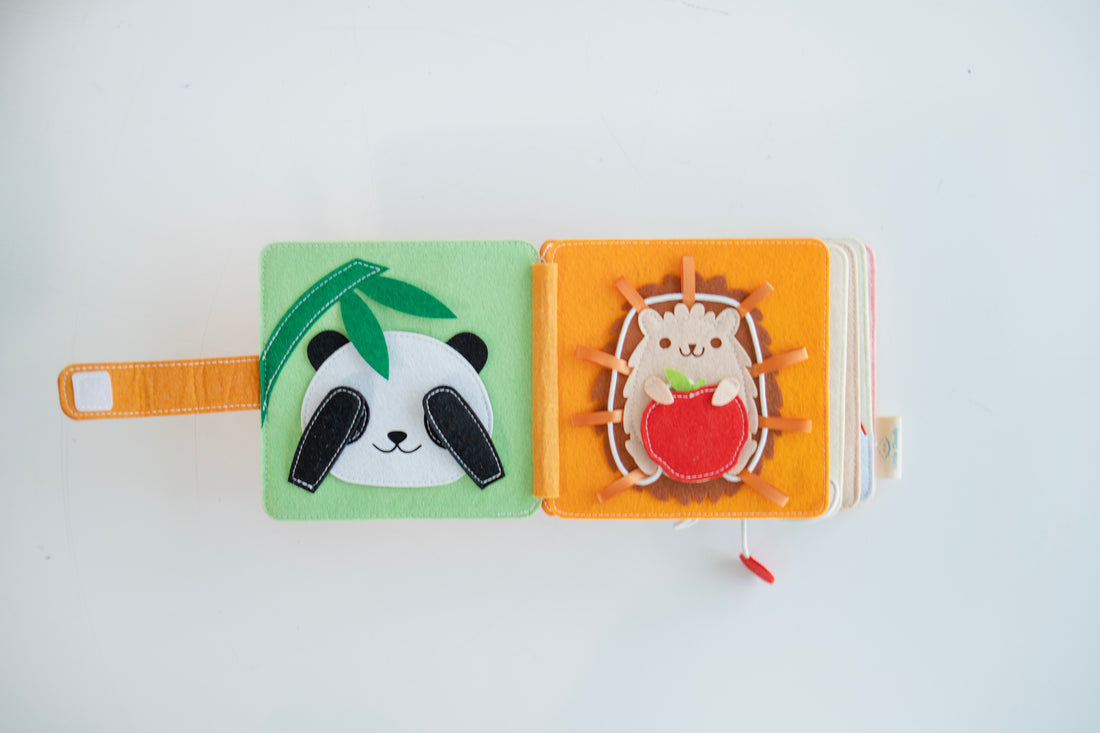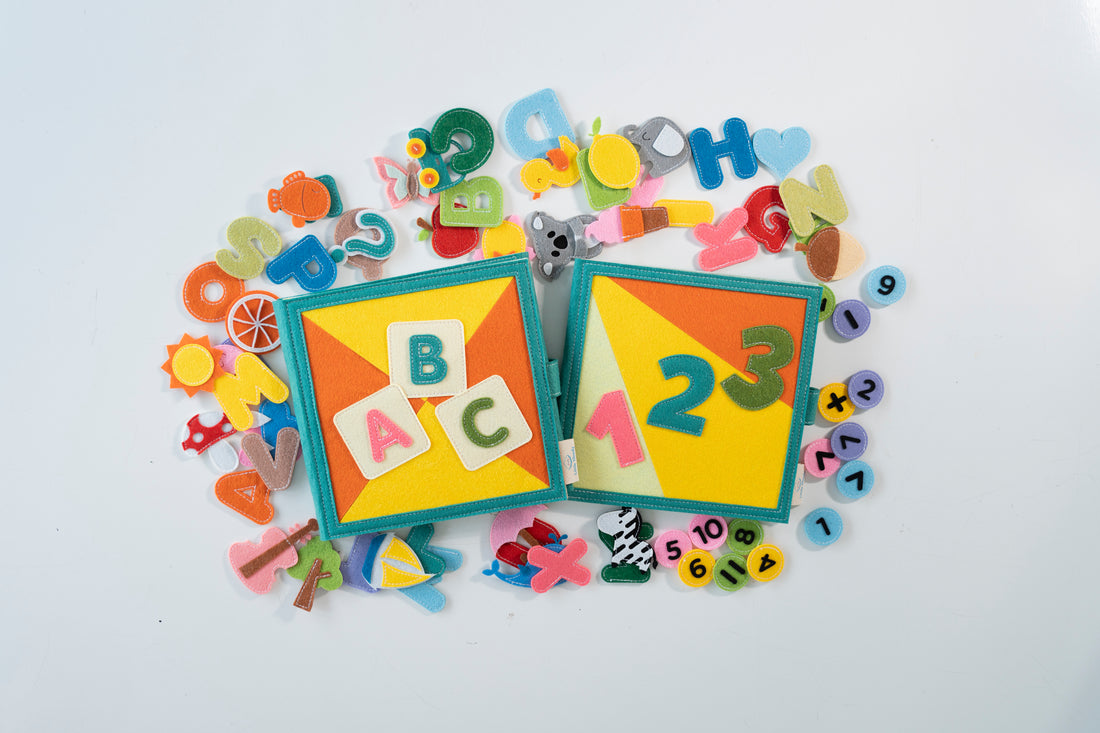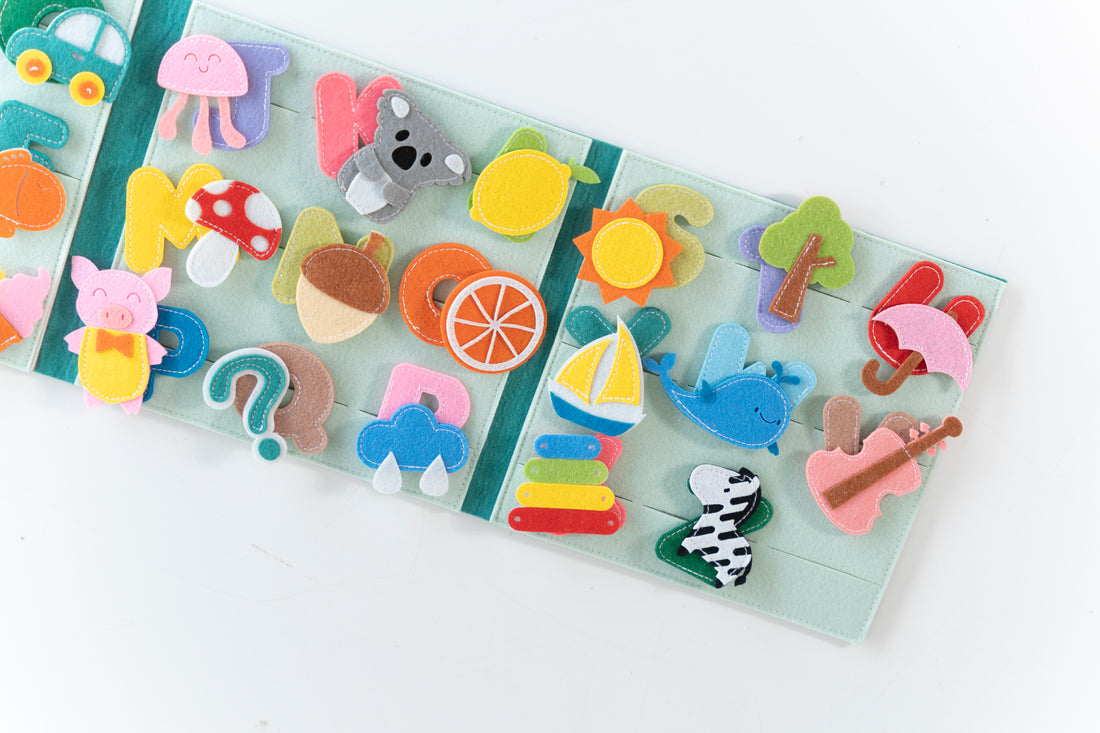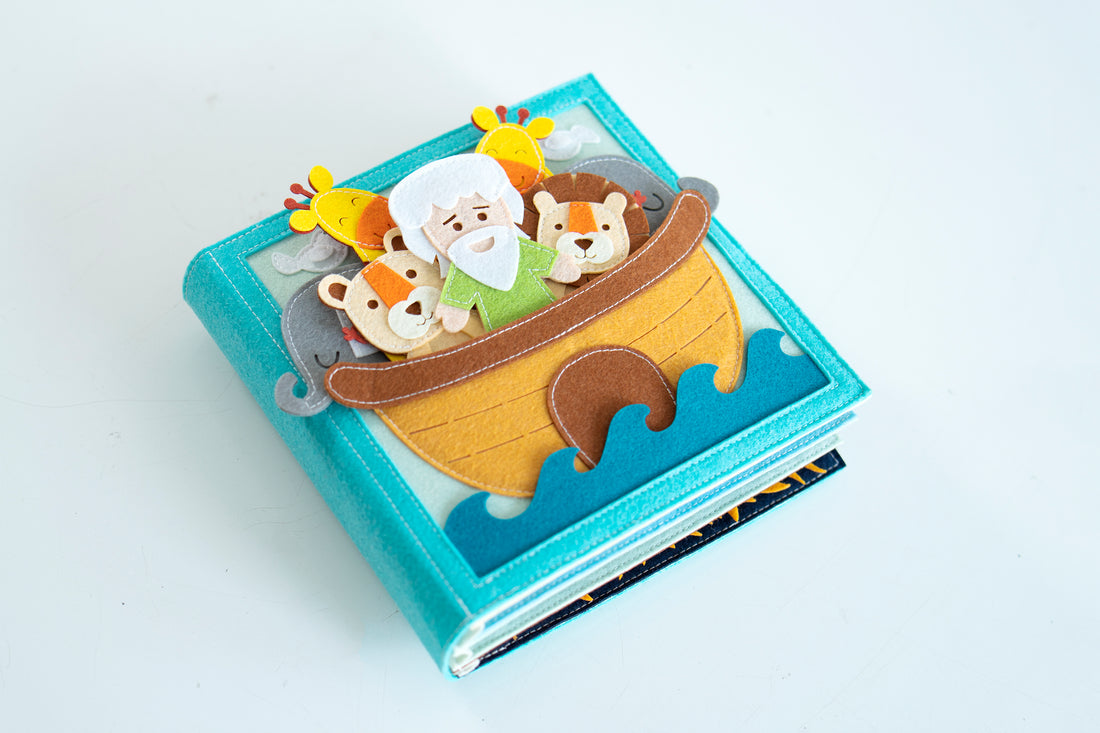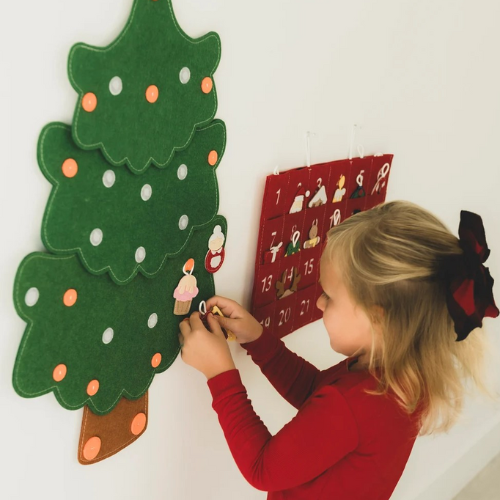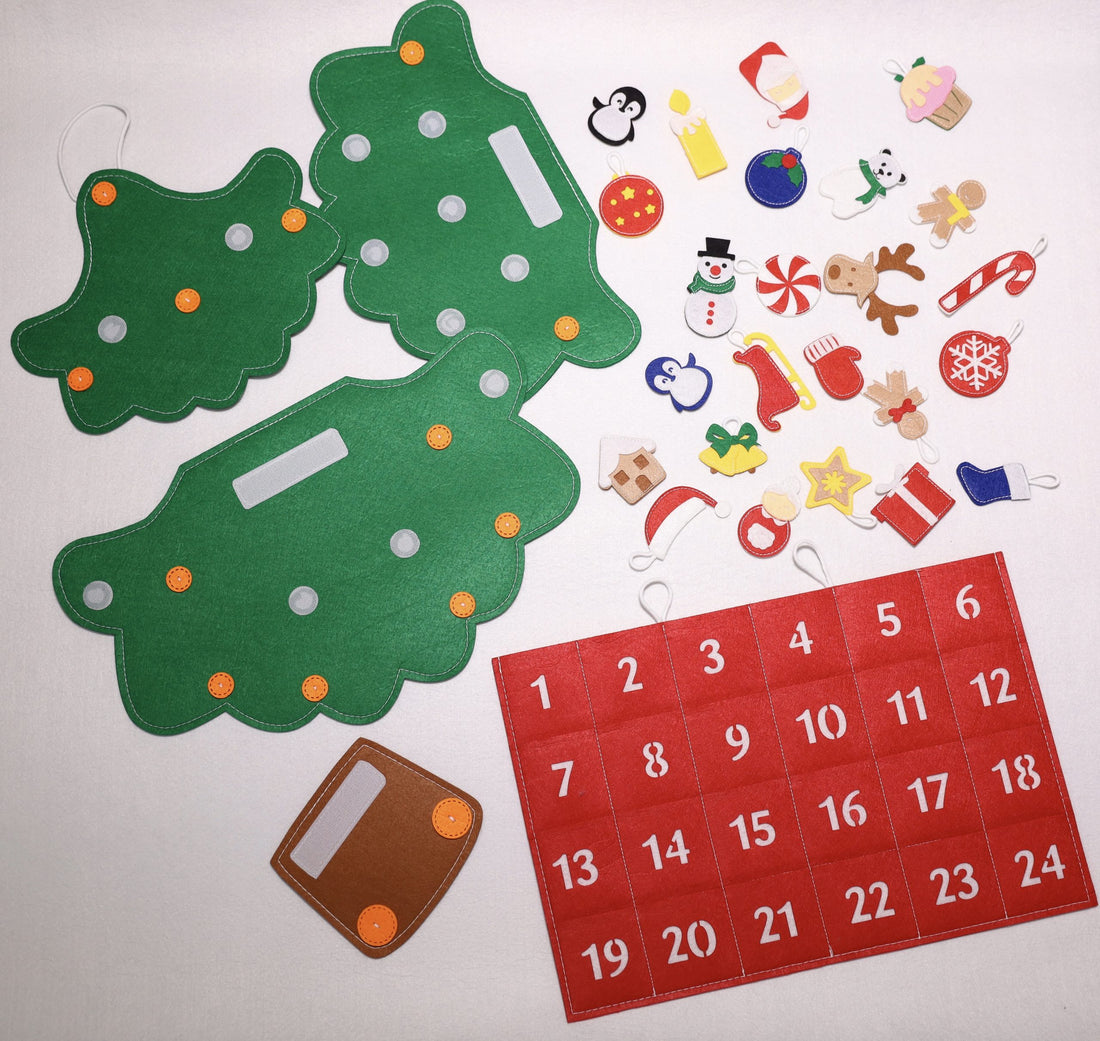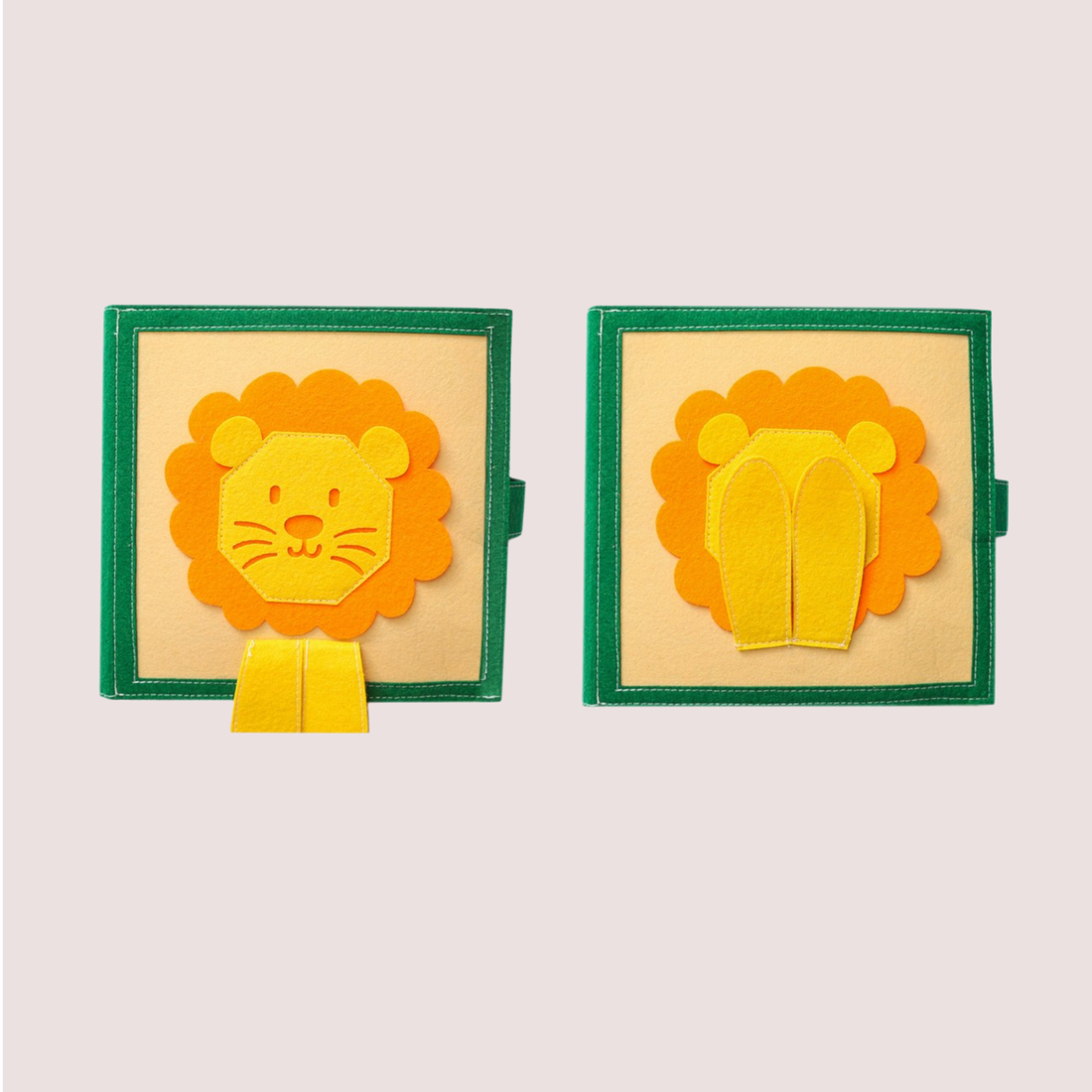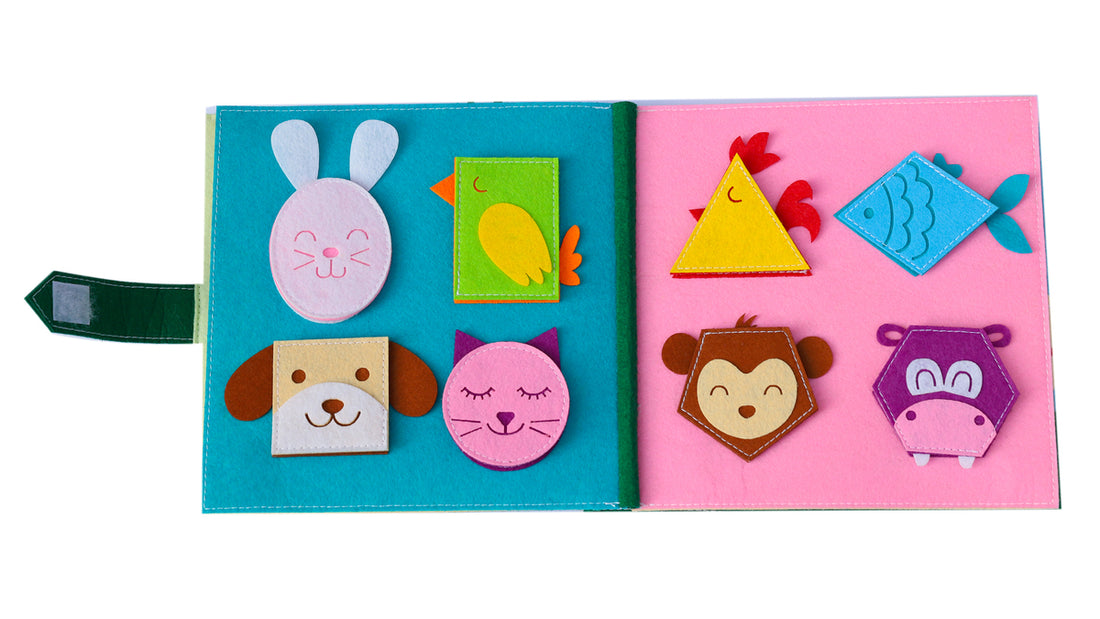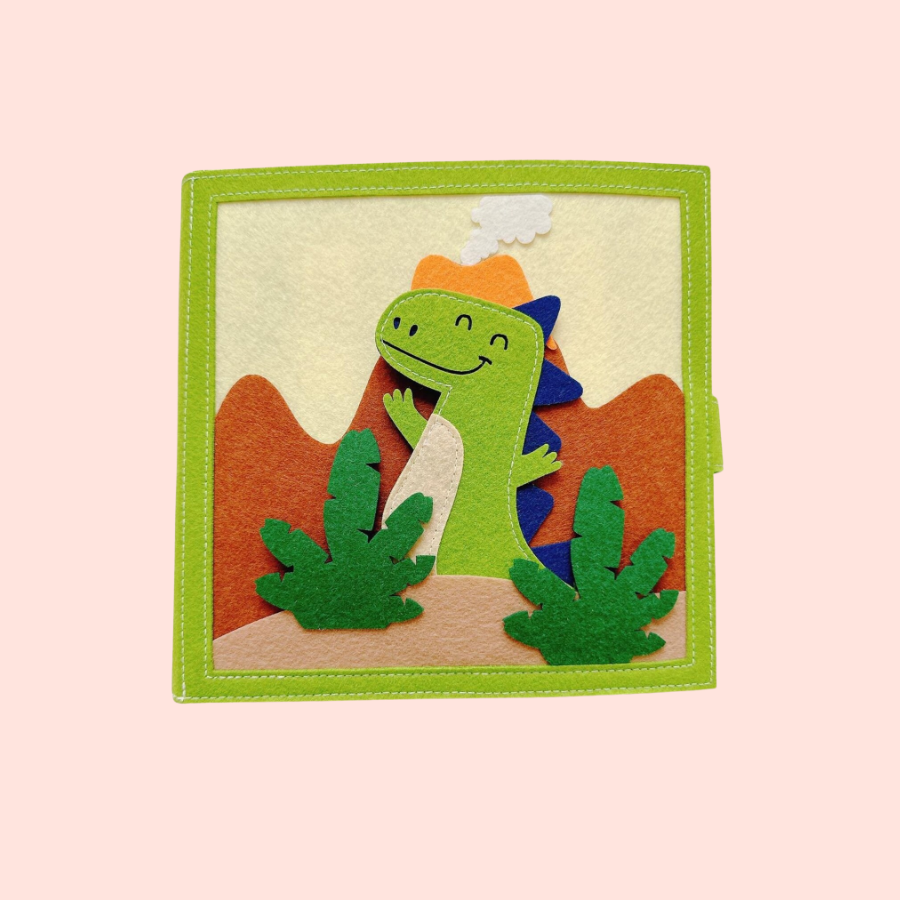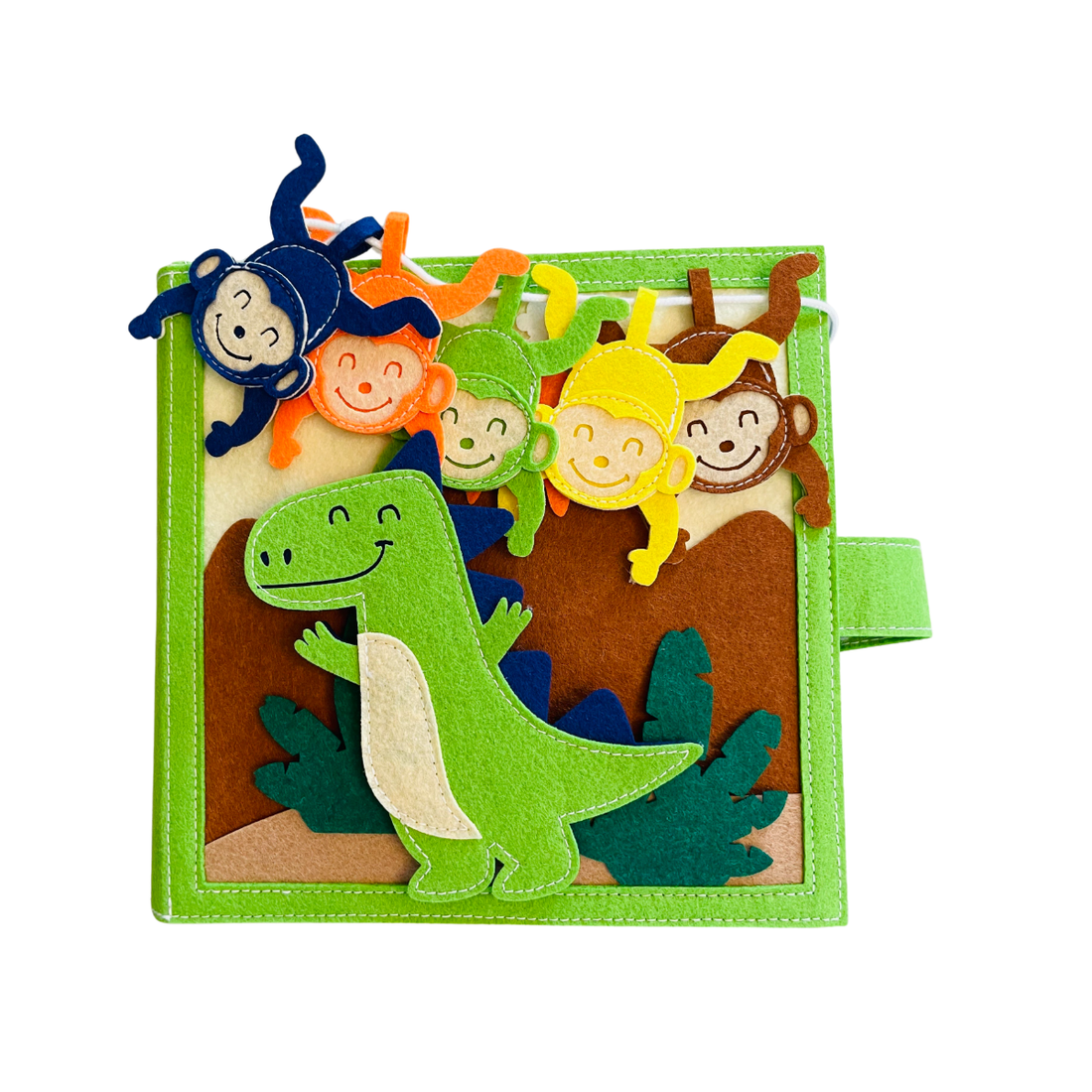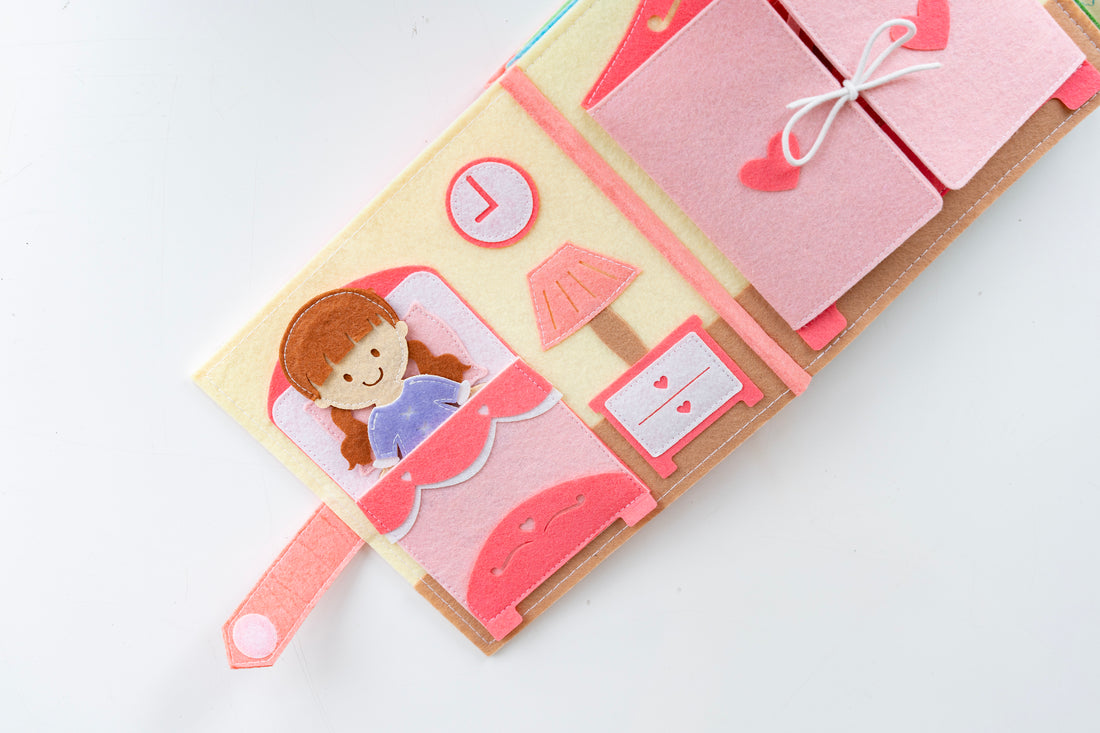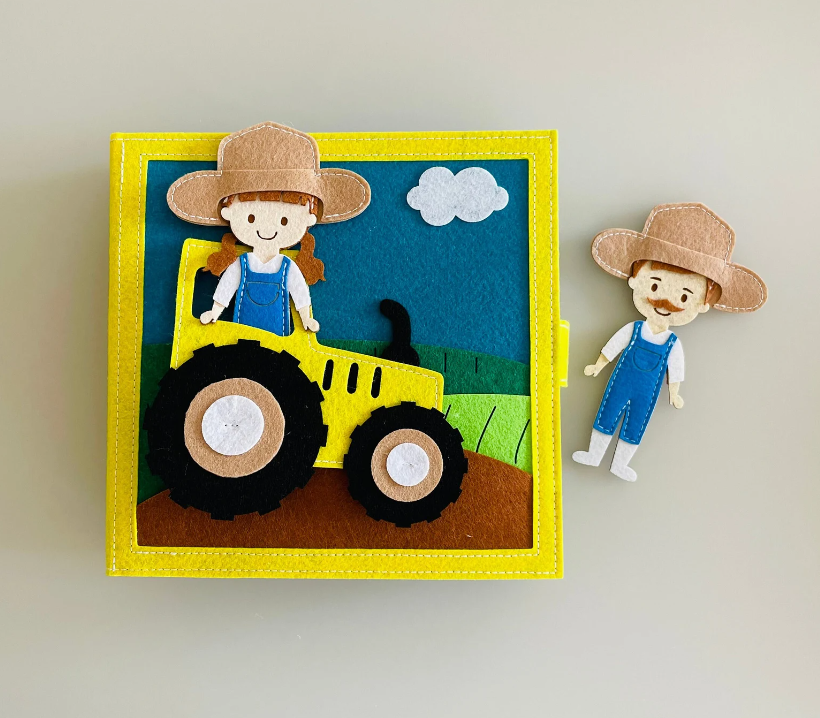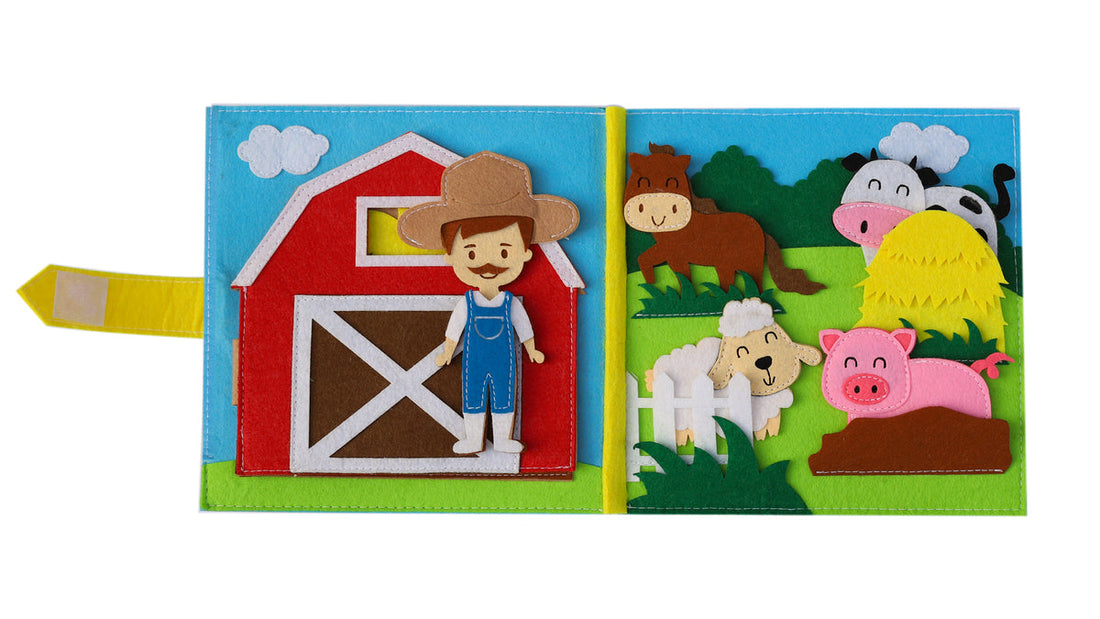Understanding Interactive Toddler Books
While you might be familiar with traditional children's books, interactive books for toddlers take reading to a whole new level, engaging little ones actively in the story. Instead of just listening, your kid becomes a part of the storytelling process. They're not merely observers; they're participants.
Interactive books are designed with various features that stimulate children's senses and cognitive abilities. They might contain pop-ups, pull-tabs, touch-and-feel textures, or sound buttons. Some even incorporate technology, where your child can use a tablet or smartphone to bring the pages to life. Each of these elements is meant to captivate your toddler's attention, making reading more fun and dynamic.
With these books, you aren't just reading to your child; you're playing, exploring, and learning together. Every page turn becomes a shared adventure, an opportunity for your toddler to discover something new. This isn't just about creating an enjoyable reading experience; it's about fostering an early love for books and learning. And remember, when your little one is having fun, they're more likely to retain what they're learning. That's the power of interactive toddler books.
The Importance of Interactive Reading
Now that you've got the scoop on what interactive books are, let's explore why this type of reading is so important for your toddler's development.
Interactive reading isn't just fun, but it's also a powerful tool to boost your child's cognitive growth. It encourages active engagement, which is crucial in developing skills like problem-solving, decision-making, and critical thinking.
When your toddler interacts with a book, they're not just looking at pictures or listening to a story. They're actively participating in the narrative. This interaction helps to improve their reading comprehension and memory recall. It's an opportunity for them to learn new words, concepts, and ideas, expanding their vocabulary and knowledge about the world around them.
Moreover, interactive reading can foster a love for books and learning. It makes reading a fun, exciting experience, rather than a chore. It also encourages a bond between you and your toddler, as you share in the storytelling process.
Features of a Fun Interactive Book
Diving into the heart of a great interactive book, there are certain key features that make it a joy for both you and your toddler. First off, it's essential that the book is rich in vibrant, colorful illustrations. These visuals help grab your child's attention and keep them engaged in the story.
The next feature to look for is the presence of interactive elements. These could include lift-the-flap sections, touch-and-feel textures, or pop-up images. The more your toddler can interact with the book, the more fun they're likely to have.
Equally important is the suitability of the content. The story should be simple and relatable for your little one, making it easy for them to understand and enjoy. Rhyming text can also be a hit, as it adds a musical element that many toddlers love.
Lastly, consider the size and durability of the book. It should be sturdy enough to withstand your toddler's handling and small enough for them to hold comfortably.
The Role of Interactive Books in Development
Beyond just being fun, interactive books play a significant role in your toddler's development. They don't just entertain your child; they also stimulate cognitive growth. When your toddler interacts with these books, they're not just hearing a story, they're actively engaging in the narrative. This engagement sharpens their memory and enhances their understanding of cause and effect.
In addition, these books help in developing language skills. The repetitive and rhyming nature of many interactive books boosts your child's phonetic awareness. They learn new words, how to pronounce them, and their meanings. This enhances their vocabulary and strengthens their communication skills.
Interactive books also play a key role in honing motor skills. When your toddler flips a page, lifts a flap, or spins a wheel in the book, they're improving their hand-eye coordination and fine motor skills.
Moreover, interactive books foster a love for reading. They make the reading process exciting, turning it into a game. This can motivate your child to read more, setting a solid foundation for their academic success. Thus, interactive books are much more than just entertainment; they're an essential tool for your toddler's growth and development.
Best Interactive Books for Toddlers
Let's delve into some top-notch interactive books that can ramp up your toddler's learning and keep them thoroughly entertained. 'Press Here' by Hervé Tullet is an absolute gem. It's a simple concept - your toddler presses a dot, turns the page, and something's changed. It's magic to them, and they'll want to do it over and over again.
'Peek-A Who?' by Nina Laden is another hit. It's a guessing game book with mirrors and windows that your child would love to peek through. You'll be delighted by their excitement as they anticipate what's next.
'Where is Baby's Belly Button?' by Karen Katz is a lift-the-flap book that's just right for your toddler's little hands. It'll help them learn about their body parts in a fun, engaging way.
And we can't forget 'Dear Zoo' by Rod Campbell. This classic lift-the-flap book captivates toddlers with its simple, repetitive text and playful illustrations.
Lastly, 'The Very Hungry Caterpillar' by Eric Carle isn't just a book, it's an experience. The holes the caterpillar munches through each food item are perfect for tiny fingers to explore. It's a fantastic blend of learning and fun.
Making Reading Fun With Interactivity
While these interactive books undoubtedly spark joy in your toddler's reading time, they also play a critical role in making reading a fun, dynamic experience. They're not just books; they're gateways to worlds filled with vibrant colors, exciting sounds, and engaging activities. They invite your little one to become an active participant, not just a passive listener.
Imagine reading a story about a jungle adventure, but instead of just hearing about the roar of the lion, your toddler can also press a button to hear it. Imagine your child helping the book's character find hidden treasures by lifting flaps or sliding panels. That's the magic of interactivity!
These books make reading an exploration, a game, and an adventure rolled into one. Remember, it's not just about learning new words or hearing a story. It's about making the reading experience so enjoyable that your toddler will be excited to do it again and again.
Benefits of Interactive Books for Toddlers
Sure, interactive books are incredibly fun for your little ones, but did you know they also offer a wealth of developmental benefits?
For starters, they're great for improving fine motor skills. Turning pages, lifting flaps, and manipulating pop-ups can help strengthen little fingers and develop hand-eye coordination.
Interactive books also engage your child's senses, which is crucial for their cognitive development. The bright pictures, intriguing textures, and even the sounds some interactive books make, stimulate their senses and encourage exploration.
They also foster language skills. As you read together, your toddler is exposed to new words and phrases, improving their vocabulary. Plus, the interactive elements can help reinforce what these words mean. For instance, if they touch a fuzzy bear or a smooth apple, they're learning about textures and associating words with real-world experiences.
Lastly, interactive books can boost your toddler's social skills. They encourage active participation, which can lead to discussions about the story. This can help your child learn to express their thoughts and feelings, enhancing their communication skills.
Choosing the Right Interactive Book
Navigating the myriad of interactive books available can seem daunting, but choosing the right one for your toddler doesn't have to be a challenge. Consider your child's interests. If they're fascinated by animals, go for a book that introduces different species. Are they into trucks and trains? Look for a book that combines these themes.
Don't overlook the book's age recommendation. It's not just about reading level, but also the complexity of interactions. A book meant for older kids might frustrate your toddler, while one designed for younger children could bore them.
Ensure the book engages multiple senses. A good interactive book isn't just visually appealing; it should also incorporate touch, sound, or even smell. It'll make the reading experience more immersive and enjoyable for your little one.
Lastly, review the book's durability. Toddlers aren't always gentle with their toys and books. You'll want something that can withstand a bit of rough handling.
Your toddler's first interactive book can be a gateway to a lifelong love of reading. So, take your time, do your research, and choose wisely. It's an investment in your child's future.
Conclusion
So, you see, interactive books aren't just fun - they're key to your toddler's development. They boost cognitive growth, language skills, and hand-eye coordination. Plus, they instill a love for reading early on.
So, pick an interactive book that aligns with your child's interests and watch them flourish. Remember, the right book can turn reading from a task into a treasured activity, setting the stage for lifelong learning.
Now, go make reading fun with interactivity!
